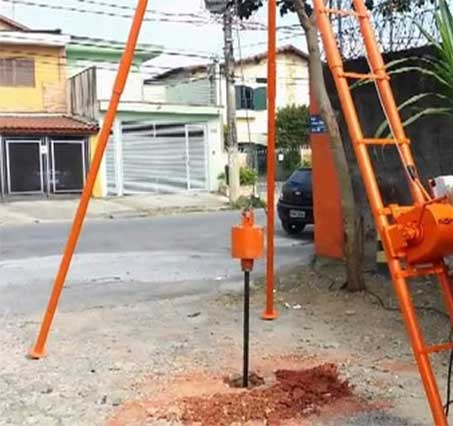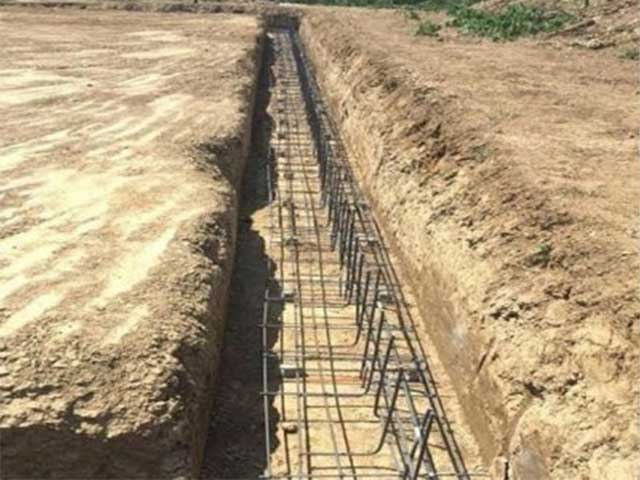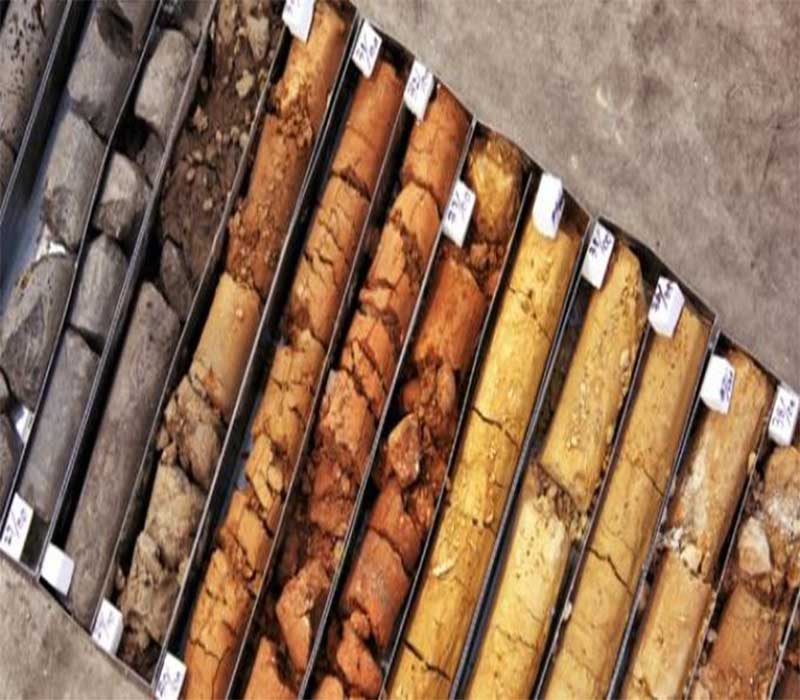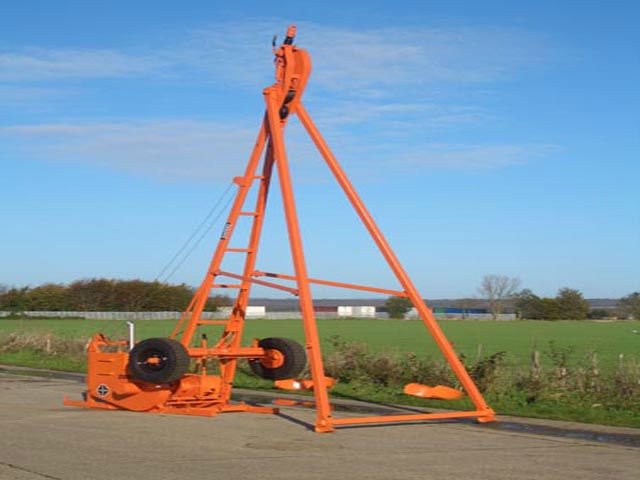Soil Tests for Shallow Foundations
Index properties soil test should be conducted for shallow foundation. Refer to article on Types of Soil Tests for Building Construction. Additional Tests are required to determine allowable bearing pressure for settlement consideration:
Standard penetration test
The standard penetration test (SPT) is performed during the advancement of a soil boring to obtain an approximate measure of the dynamic soil resistance, as well as a disturbed drive sample (split barrel type).
The procedures for the SPT are detailed in ASTM D 1586 and AASHTO T-206. The SPT involves the driving of a hollow thick-walled tube into the ground and measuring the number of blows to advance the split-barrel sampler a vertical distance of 300 mm (1 foot). A drop weight system is used for the pounding where a 63.5-kg (140-lb) hammer repeatedly falls from 0.76 m (30 inches) to achieve three successive increments of 150-mm (6-inches) each. The first increment is recorded as a “seating”, while the number of blows to advance the second and third increments are summed to give the N-value (“blow count”) or SPT-resistance (reported in blows/0.3 m or blows per foot). If the sampler cannot be driven 450 mm, the number of blows per each 150-mm increment and per each partial increment is recorded on the boring log. For partial increments, the depth of penetration is recorded in addition to the number of blows. The test can be performed in a wide variety of soil types, as well as weak rocks, yet is not particularly useful in the characterization of gravel deposits nor soft clays.

Consolidation test
The one-dimensional consolidation test provides one of the most useful and reliable laboratory measurements for soil behavior. The test determines the compressibility parameters (Cc, Cs, Cr), stiffness in terms of constrained modulus (Dr = 1/mv), preconsolidation stress (Fpr ), rate of consolidation (cv), creep rate (C”), and approximate value of permeability (k) is conducted if the settlement of clayey layers calculated on the basis of liquid limit and in-situ void ratio indicates that settlement may be critical. Consolidation test is not required if the superimposed load on foundation soil is likely to be less than pre-consolidation pressure (assessed from liquidity index and sensitivity or from un-confined compressive strength and plasticity index).
Plate load tests
The plate load test is a field test, which is performed to determine the ultimate bearing capacity of the soil and the probable settlement under a given load.
For performing this test, the plate is placed at the desired depth, then the load is applied gradually and the settlement for each increment of the load is recorded. At one point a settlement occurs at a rapid rate, the total load up to that point is calculated and divided by the area of the plate to determine the ultimate bearing capacity of soil at that depth. The ultimate bearing capacity is then divided by a safety factor (typically 2.5~3) to determine the safe bearing capacity
The test is applicable in cohesionless soils and soils where neither standard penetration test or consolidation test is appropriate such as for fissured clay, clay with boulders etc..
Talk to us for your upcoming project in Soil Testing
Geodata Evaluation & Drilling LTD. offers Geotechnical Soil Testing services. Let us handle the project for you. contact us at www.geodatadrilling.com Phone: +234 8037055441



